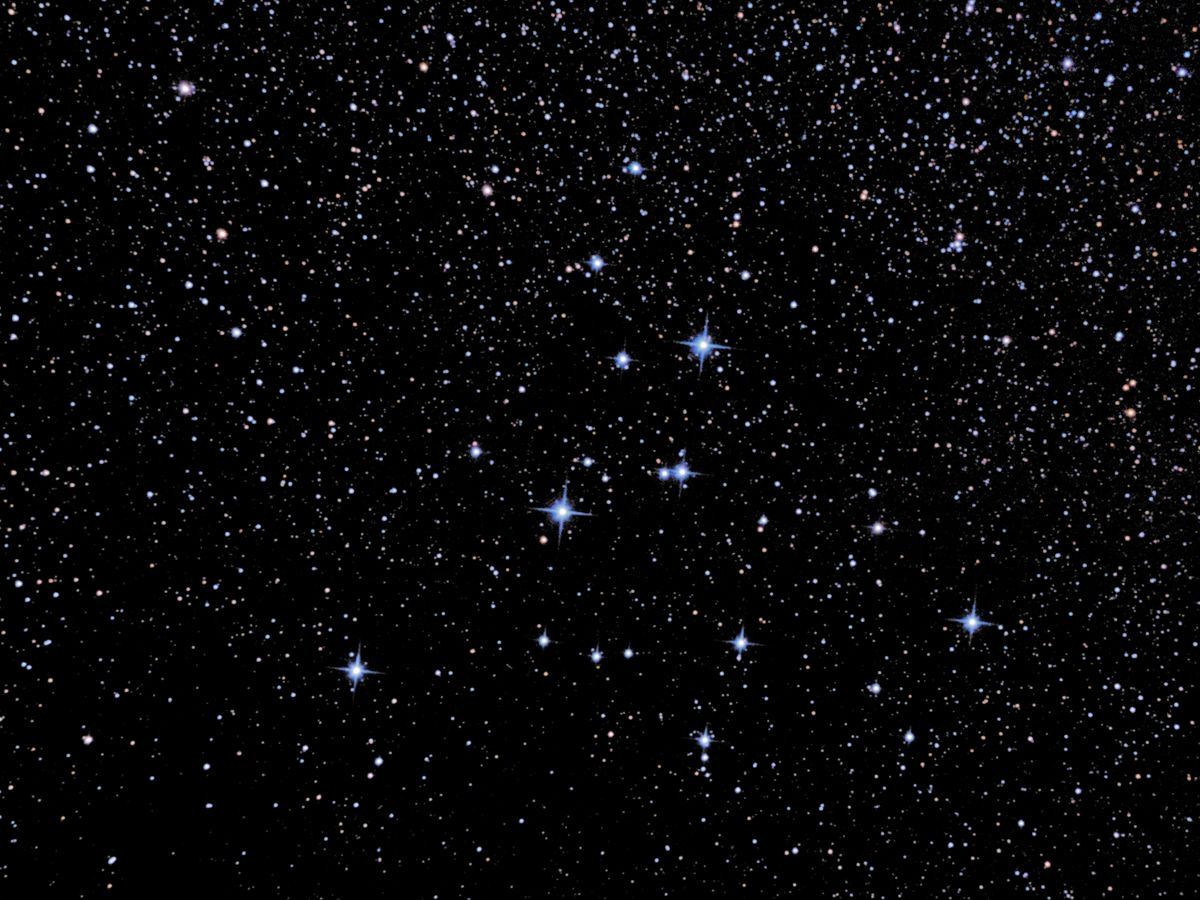If you find this website useful, please check out my books or visit my Amazon Author page. Or even Buy Me a Coffee!
Astronomy
Astrophotography
You are never too old to learn, and one of the thing that has opened my eyes has been discovering the quality of astronomical images that can be produced by amateurs with very modest equipment. By using digital cameras and image processing software it's a realistic ambition to produce images that compare favourably with those produced by the world's biggest telescopes fifty years ago - right in your back yard!
This website does not showcase the best astronomical pictures on the internet! It's a selection of pictures I have taken myself with basic equipment and free software. Producing images like these below, or even better ones, is within your reach!
Most importantly, you don't have to spend a fortune. My first serious scope, mount and tripod cost £180 on Ebay. I spent £40 on a more solid tripod, and about £200 on various bits and pieces including books and an ancient Canon EOS DSLR and a seconhand Microsoft HD Webcam. The results shown before are some of my best so far, and will be updated from time to time.
Perhaps the easiest target in the sky is the moon. You can get good pictures with any long or zoom lens, this is a 'stack' of six pictures taken with an ordinary bridge camera:
A gibbous moon photographed on the isle of Skye.
Follow the links below for introductions to some of the other things you can image in the night sky:
A Conjunction of Moon and Venus
M40 is notorious as the most underwhelming of all the Messier objects, being no more than a pair of randomly aligned stars of similar magnitude that Messier found near the location where Helvelius had mistakenly reported a nebula.

M40, one for completists.
- Details
- Category: Astrophotography
M39 is a small cluster of stars a short way north-east of Deneb the 'tail' of Cygnus the swan.

M39 open cluster.
- Details
- Category: Astrophotography
This irregular cluster contains about 100 stars.

M38 open cluster.
- Details
- Category: Astrophotography
M34 is loose cluster of about 400 stars that is relatively easy to see with binoculars, it covers an area of the sky roughly the same as a full moon.

M34 open cluster..
- Details
- Category: Astrophotography
The Sagittarius Star Cloud isn't really a discrete object, it's a bright part of the Milk Way, near its core, that isn't as obscured by dust as most of our view of our own galaxy.

M24 is a dense part of the Milky Way.
- Details
- Category: Astrophotography
Page 10 of 23




